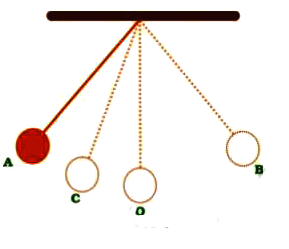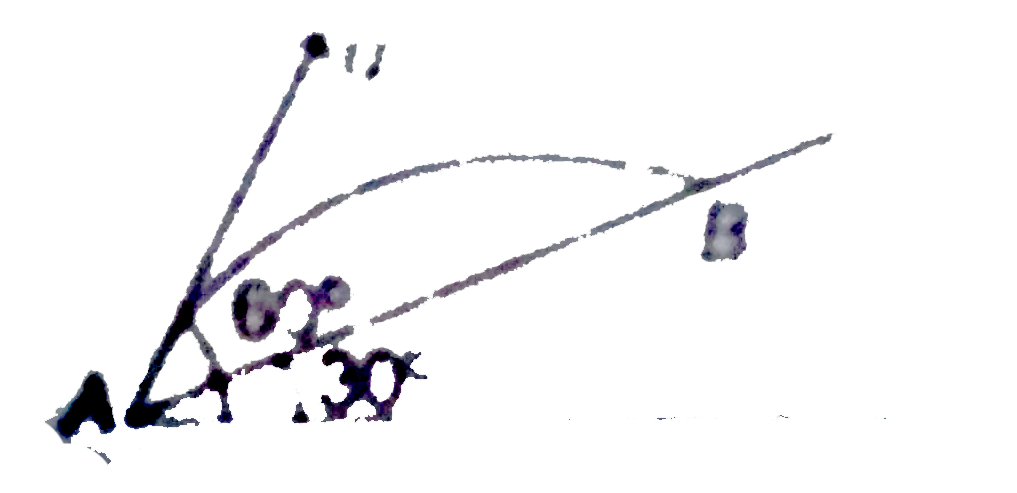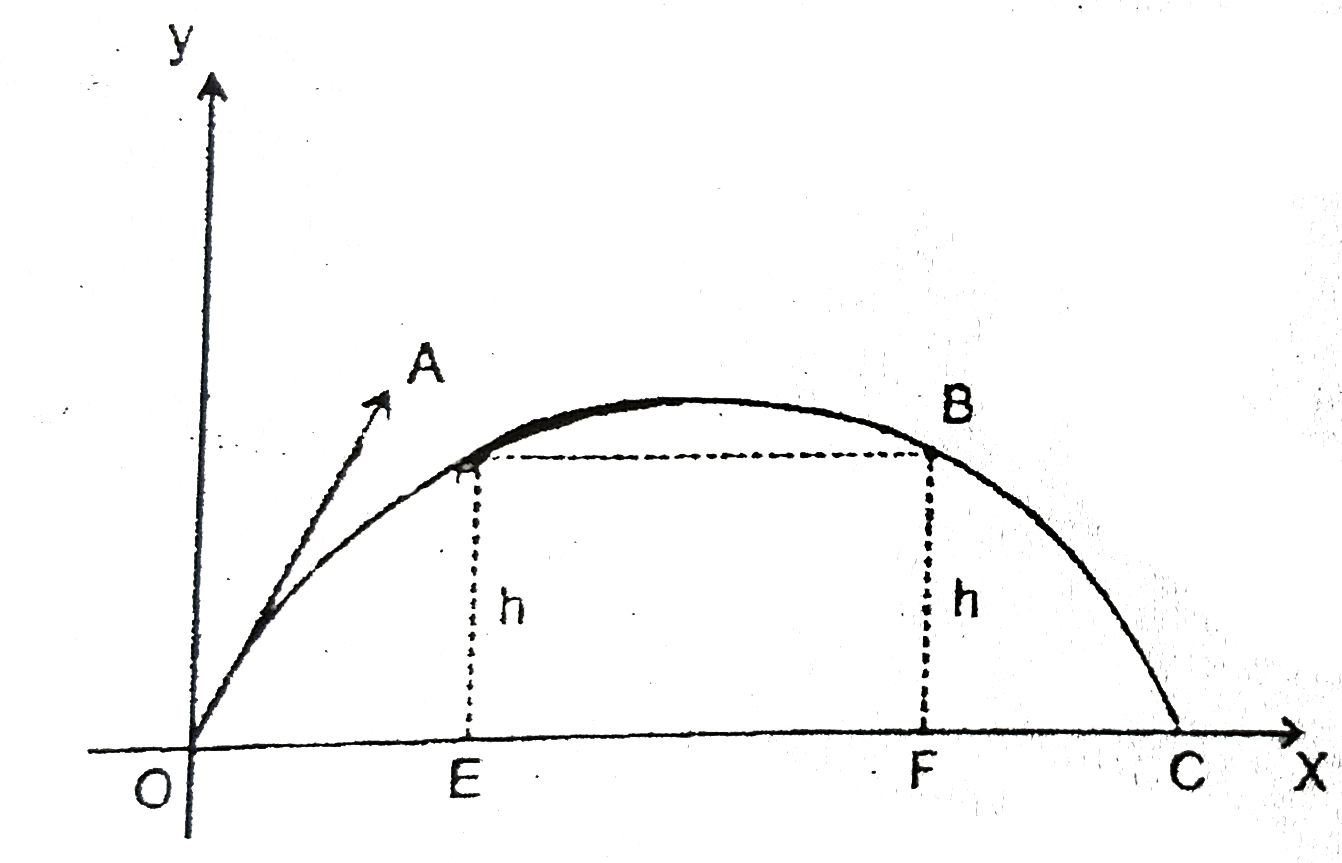A particle is dropped from point A at a certain height from ground. It falls freely and passes through thre points B,C and D with BC=CD. The time taken by the particle to move from B to CD is 2s and from C to D is 1s. The time taken to move from A to B is s
0.5s
1.5s
0.75s
0.25s
The correct Answer is:A
Step by step video, text & image solution for A particle is dropped from point A at a certain height from ground. It falls freely and passes through thre points B, C and D with BC=CD. The time taken by the particle to move from B to CD is 2s and from C to D is 1s. The time taken to move from A to B is s by Physics experts to help you in doubts & scoring excellent marks in Class 11 exams.
Updated on:21/07/2023Topper's Solved these Questions
- KINEMATICS 1BOOK - DC PANDEYCHAPTER - KINEMATICS 1EXERCISE - MCQ_TYPE
27 Videos
- KINEMATICS 1BOOK - DC PANDEYCHAPTER - KINEMATICS 1EXERCISE - COMPREHENSION_TYPE
19 Videos
- KINEMATICSBOOK - DC PANDEYCHAPTER - KINEMATICSEXERCISE - INTEGER_TYPE
11 Videos
- LAWS OF MOTIONBOOK - DC PANDEYCHAPTER - LAWS OF MOTIONEXERCISE - Medical entrances gallery
39 Videos
Similar Questions
shows an oscillating pendulum.

Time taken by the bob to move from A to C is t1 and from C to O is t2. The time period of this simple pendulum is
View SolutionLet A, B and C be points in a vertical line at height h, 4h5andh5 and from the ground. A particle released from rest from the point A reaches the ground in time T. The time taken by the particle to go from B to C is TBC . Then T(TBC)2=
View Solution
Knowledge Check
Time taken by the particle to reach from A to B is t. Then the distance AB is equal to
 Aut√3B√3ut2C√3utD2ut
Aut√3B√3ut2C√3utD2utA particles is dropped from certain height. The tame taken by it to fall through successive distance of 1 m each will be
Aall equal being equal to √2/g secondBin the ratio of the square roots of the integers 1,2,3…Cin the ratio of the difference in the square roots of the integers i.e.,
√1,(√2−√1),(√3−√2),(√4−√3),….DIn the ratio of the reciprocals of the square roots of the integers, i.e., 1√1,1√2,1√3 ,,…A particle is moving with uniform acceleration along a straight line ABC, where AB= BC. The average velocity of the particle from A to B is 10 m/s and from B to C is 15 m/s. The average velocity for the whole journey from A to C in m/s is
A12B12.5C13D13.5
A particle is dropped from a height 12 g metre and 4 s after another particle is projected from the ground towards it with a velocity 4gms−1 The time after which the second particle meets first is
View SolutionA particle is dropped from a height 12 g metre and 4 s after another particle is projected from the ground towards it with a velocity 4gms−1 The time after which the second particle meets first is
View SolutionA particle is dropped from rest from a large height Assume g to be constant throughout the motion. The time taken by it to fall through successive distance of 1m each will be :
View SolutionFor ground to ground projectile, time take by a particle to ge point O to point C is T1 and during the same motion time taken by the particle to ge from A to B is T2 then height 'h' is :

View SolutionA stone is dropped from a certain heitht which can reach the ground in 5s. It is stopped aftre 3s of its fall and then it is again released. The total time taken by the stone to reach the ground will be .
View Solution
